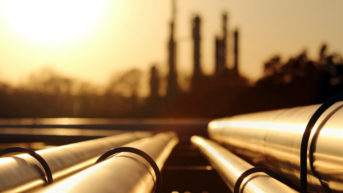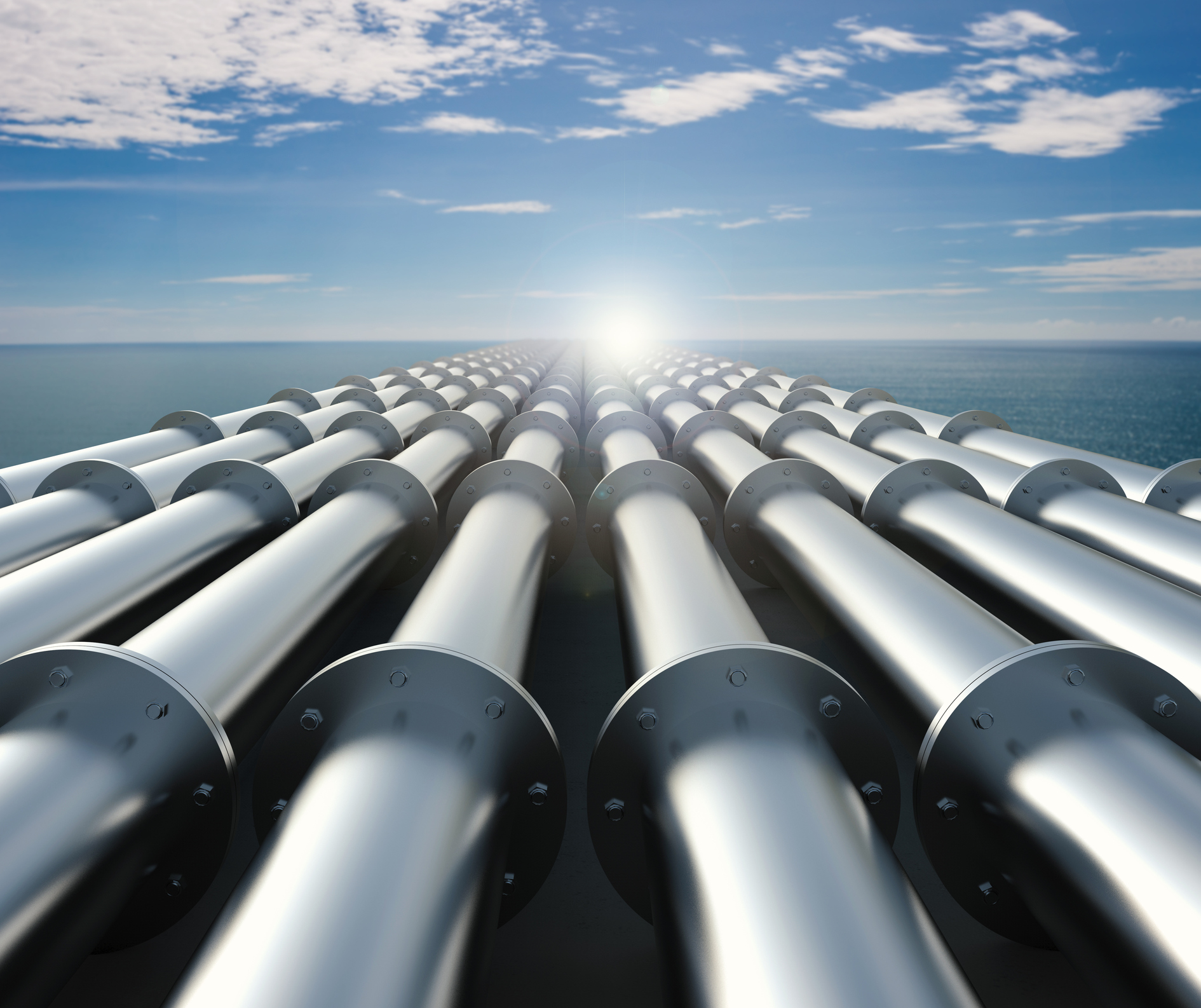Energy infrastructure stocks are among the best places to get high dividend income. Typically, they have relatively high debt levels but also generate sufficient cash flow to cover their dividends.
Let’s compare the dividend potential and the debt coverage of AltaGas (TSX:ALA), Pembina Pipeline (TSX:PPL)(NYSE:PBA), Enbridge (TSX:ENB)(NYSE:ENB), and TransCanada (TSX:TRP)(NYSE:TRP) to see which one you might buy for dividends.
AltaGas
AltaGas has three business segments. First, it transacts about two billion cubic feet of natural gas per day, including extraction and liquids production. For this business, it also has two export terminals and interests in four major pipelines.
Second, AltaGas has a power-generation business with about 1,930 MW of capacity. Third, it has regulated utilities that deliver natural gas to about 1.8 million customers across eight jurisdictions.
At $23.73 per share as of writing, AltaGas offers a whopping dividend yield of 9.2%. Its payout ratio in the first half of the year was about 67.6% (estimated by common and preferred dividends declared divided by operating cash flow). Its debt-coverage ratio is about 0.21 (estimated by the annualized operating cash flow generated in the first half of the year divided by long-term debt as of the end of Q2).
Pembina Pipeline
Pembina Pipeline transports hydrocarbon liquids and natural gas products primarily in western Canada. It also owns gas-gathering and -processing facilities and an oil and natural gas liquids infrastructure and logistics business.
At $42.55 per share as of writing, Pembina Pipeline offers a nice dividend yield of 5.2%. Its payout ratio in the first half of the year was about 55.9%. Its debt-coverage ratio is about 0.16.

Enbridge
Enbridge transports about 28% of the crude oil produced in North America, and it gathers, transports, processes, and stores natural gas. It moves about 22% of the natural gas consumed in the United States.
As well, Enbridge distributes natural gas to 3.7 million retail customers in four jurisdictions: Ontario, Quebec, New Brunswick, and New York state. Furthermore, it has a power portfolio of wind, solar, and geothermal assets.
At $45.15 per share as of writing, Enbridge offers a high dividend yield of nearly 6%. Its payout ratio in the first half of the year was about 20.2%. Its debt-coverage ratio is about 0.11.
TransCanada
TransCanada owns and operates energy infrastructure assets, including natural gas and liquids pipelines, power generation, and natural gas storage facilities.
At $55.19 per share as of writing, TransCanada offers a dividend yield of nearly 5%. Its payout ratio in the first half of the year was about 29%. Its debt-coverage ratio is about 0.08.
Food for thought
The energy infrastructure companies discussed have low debt-coverage ratios. The higher the ratio, the better the debt coverage. This indicates that this group of companies tend to have high debt levels.
Enbridge has the best coverage for its dividend based on operating cash flow. However, note that Enbridge and TransCanada report a distributable cash flow metric, which is a better representation of the cash flow available for dividends. However, because that metric is somewhat up to the discretion of management, and AltaGas and Pembina don’t include such a metric in their reports, I decided not to use that metric in this analysis.
You’ll notice that their payout ratios are all very low. So, they’re best used for comparison than to determine the safety of the dividends.
Using a payout ratio based on earnings per share, TransCanada has the best dividend coverage with a payout ratio of about 80%, followed by Pembina Pipeline with a payout ratio of about 100%.
It seems for these energy infrastructure companies, a payout ratio based on free cash flow is a better metric for dividend safety than one that’s based on earnings. In other words, it seems these companies can keep their dividends safe, even when their payout ratios based on earnings are extended because of large non-cash expenses, such as depreciation.









